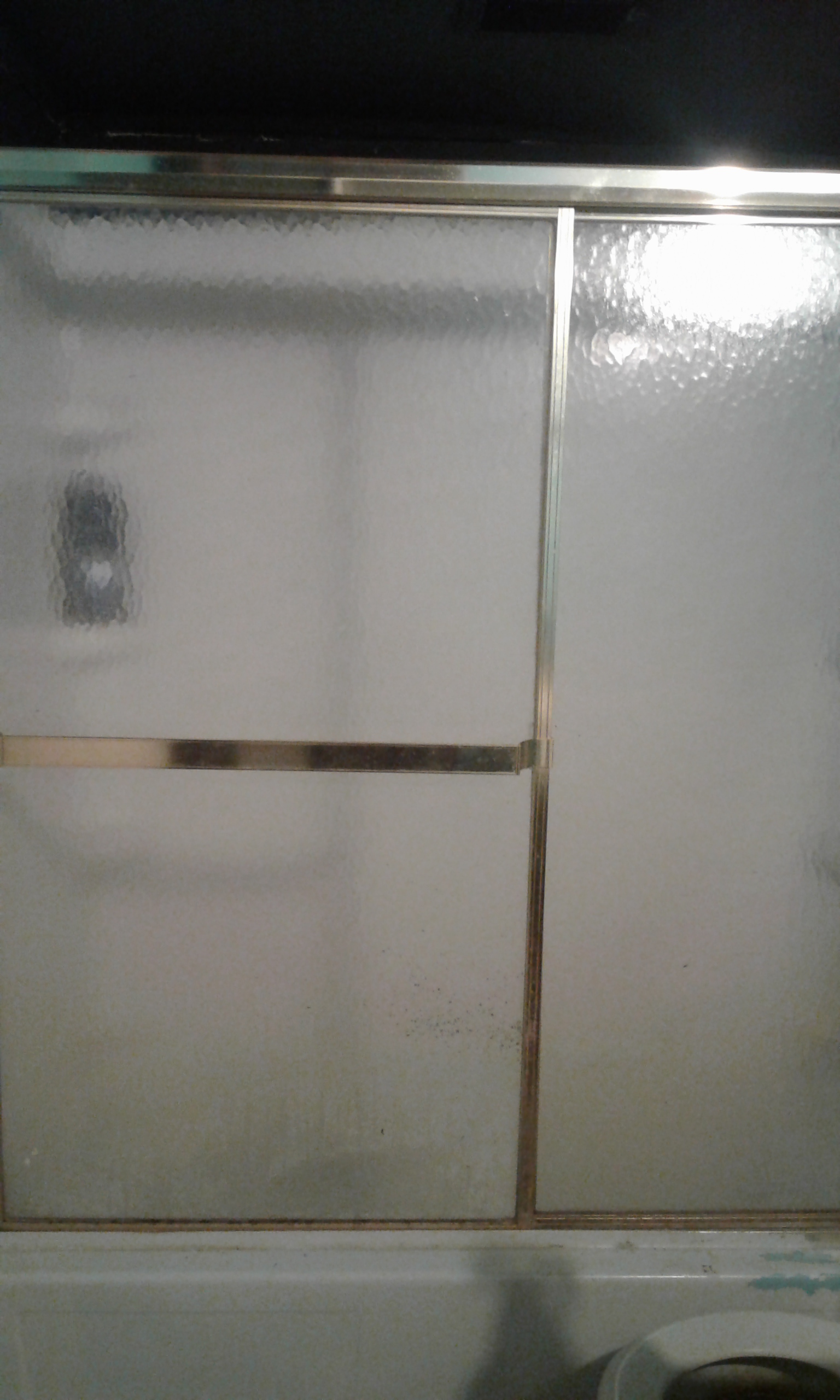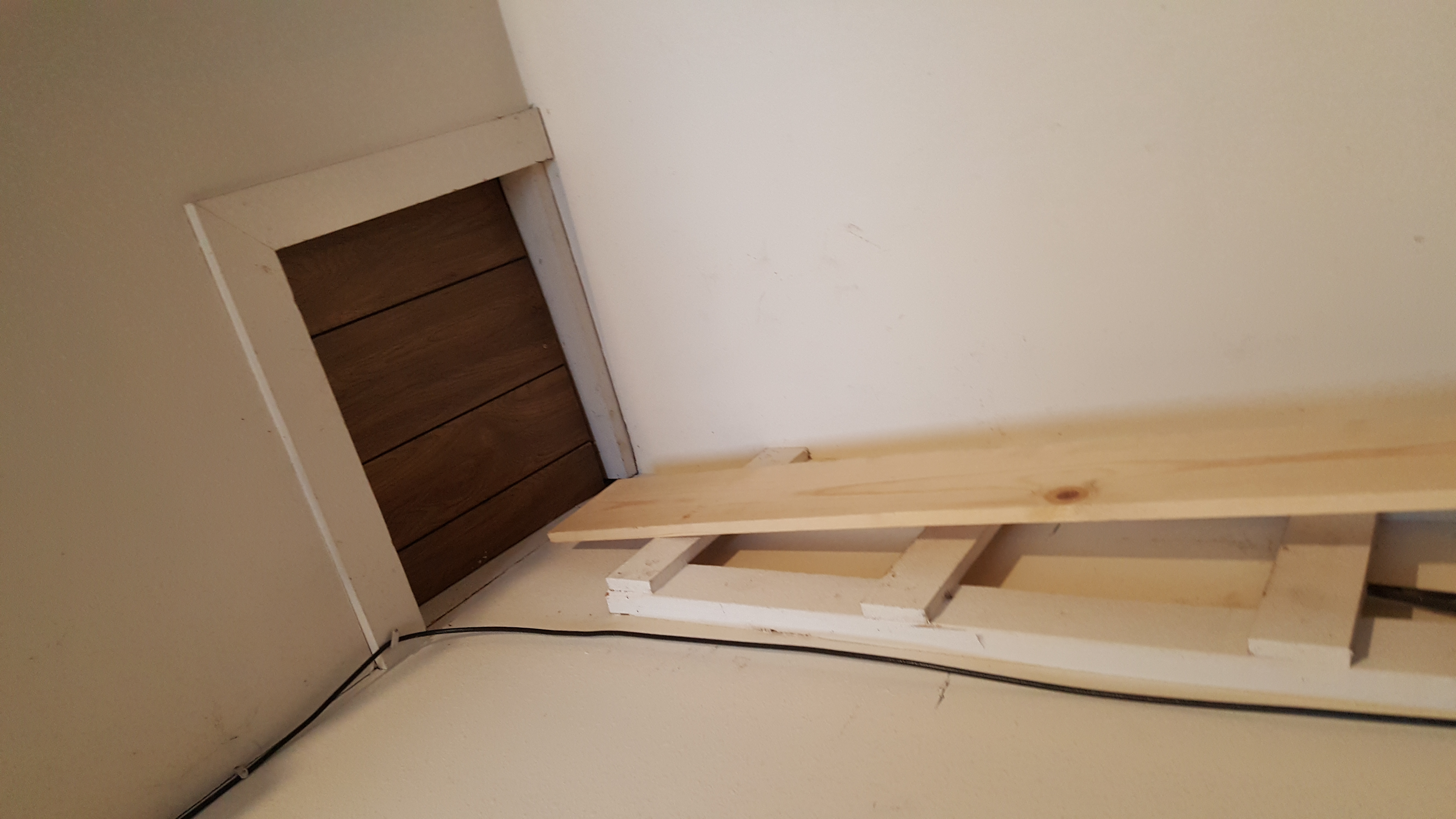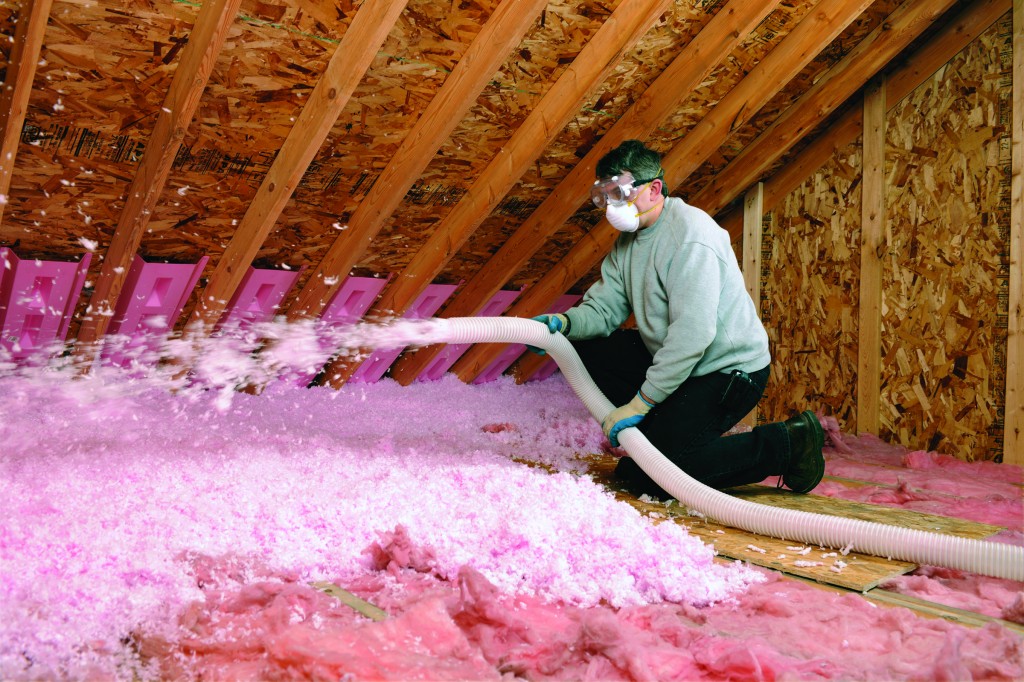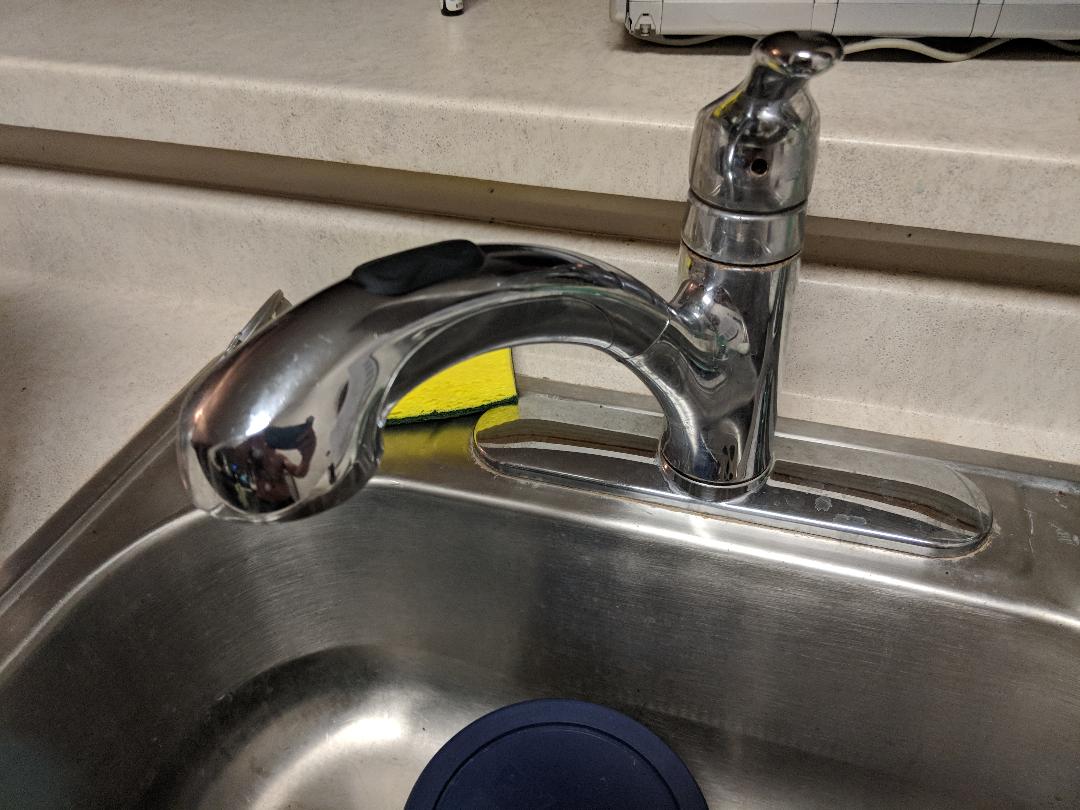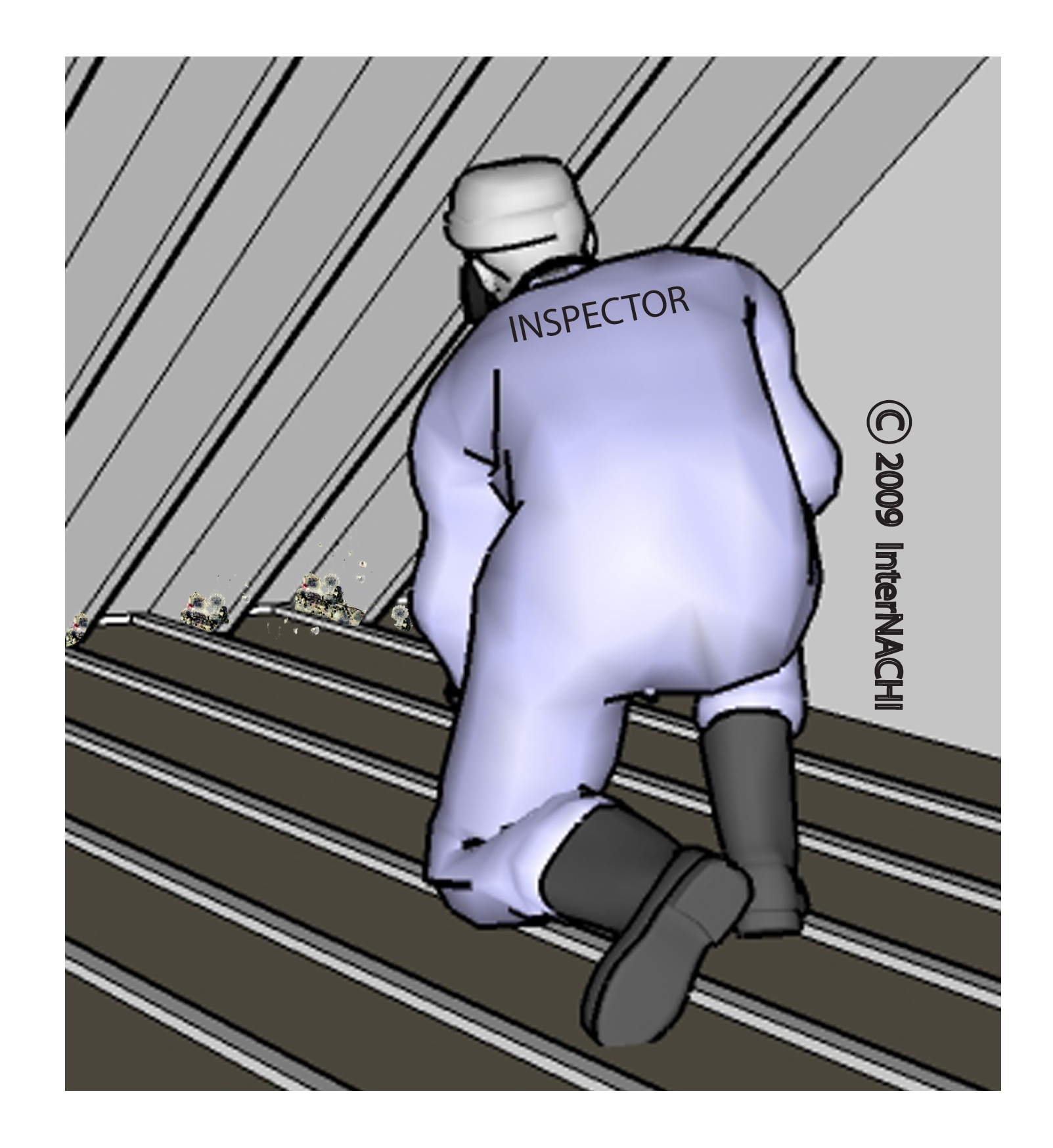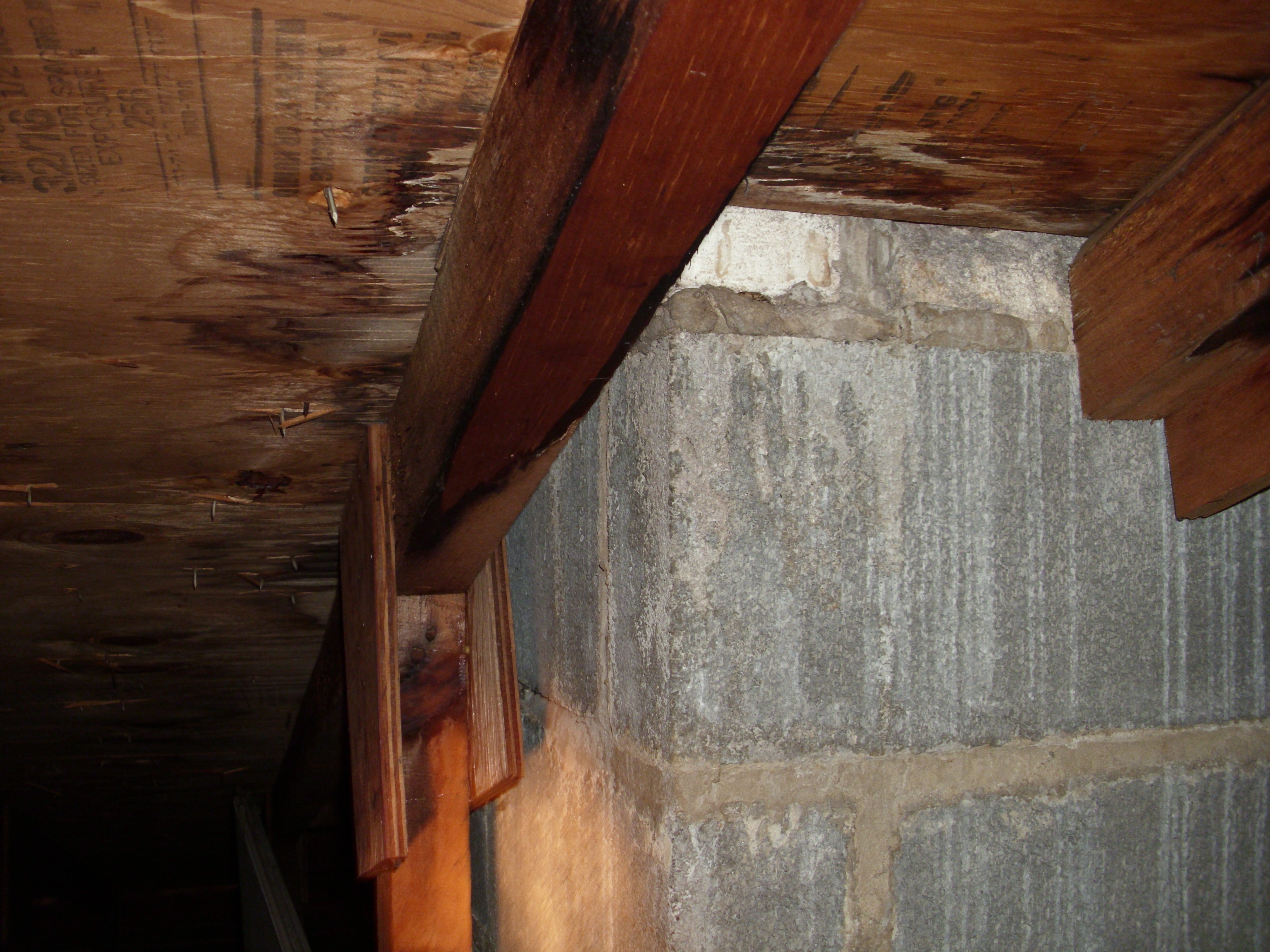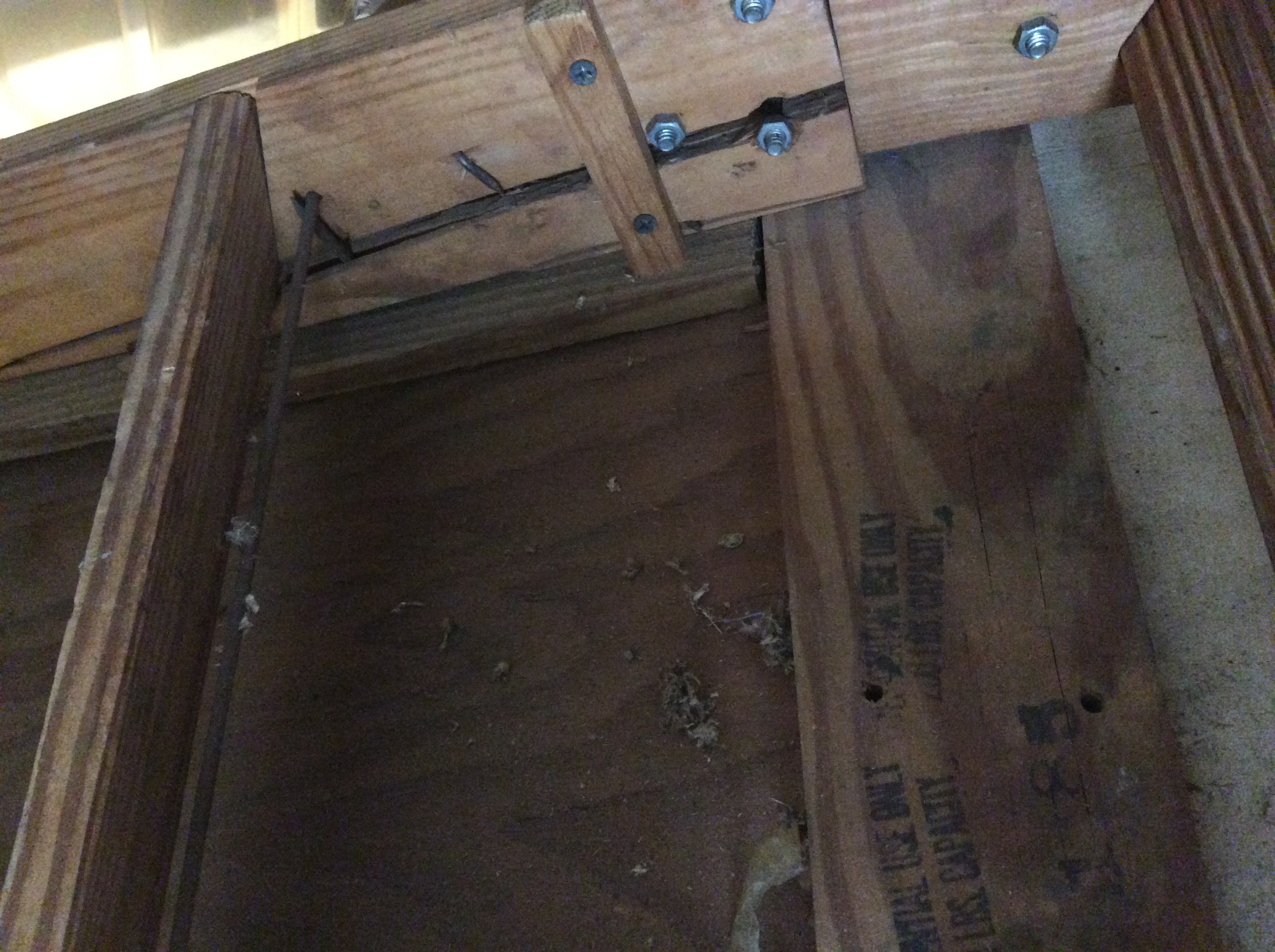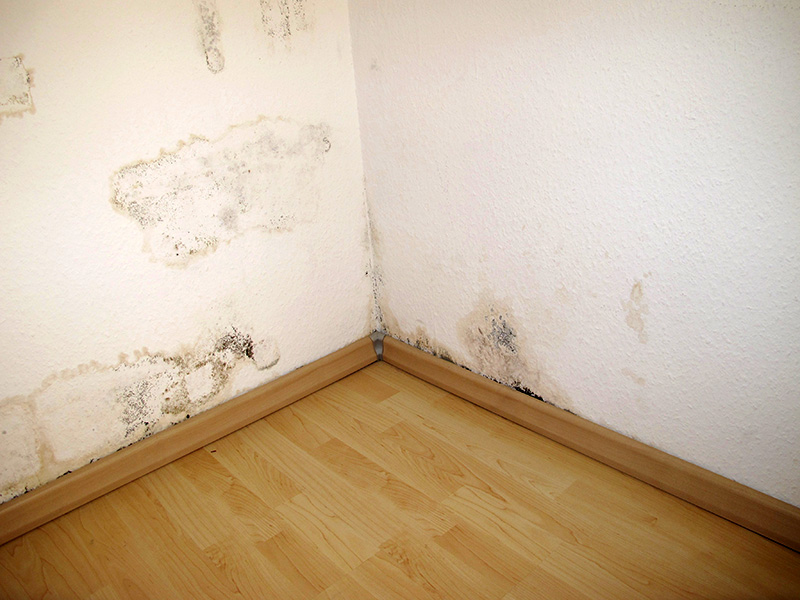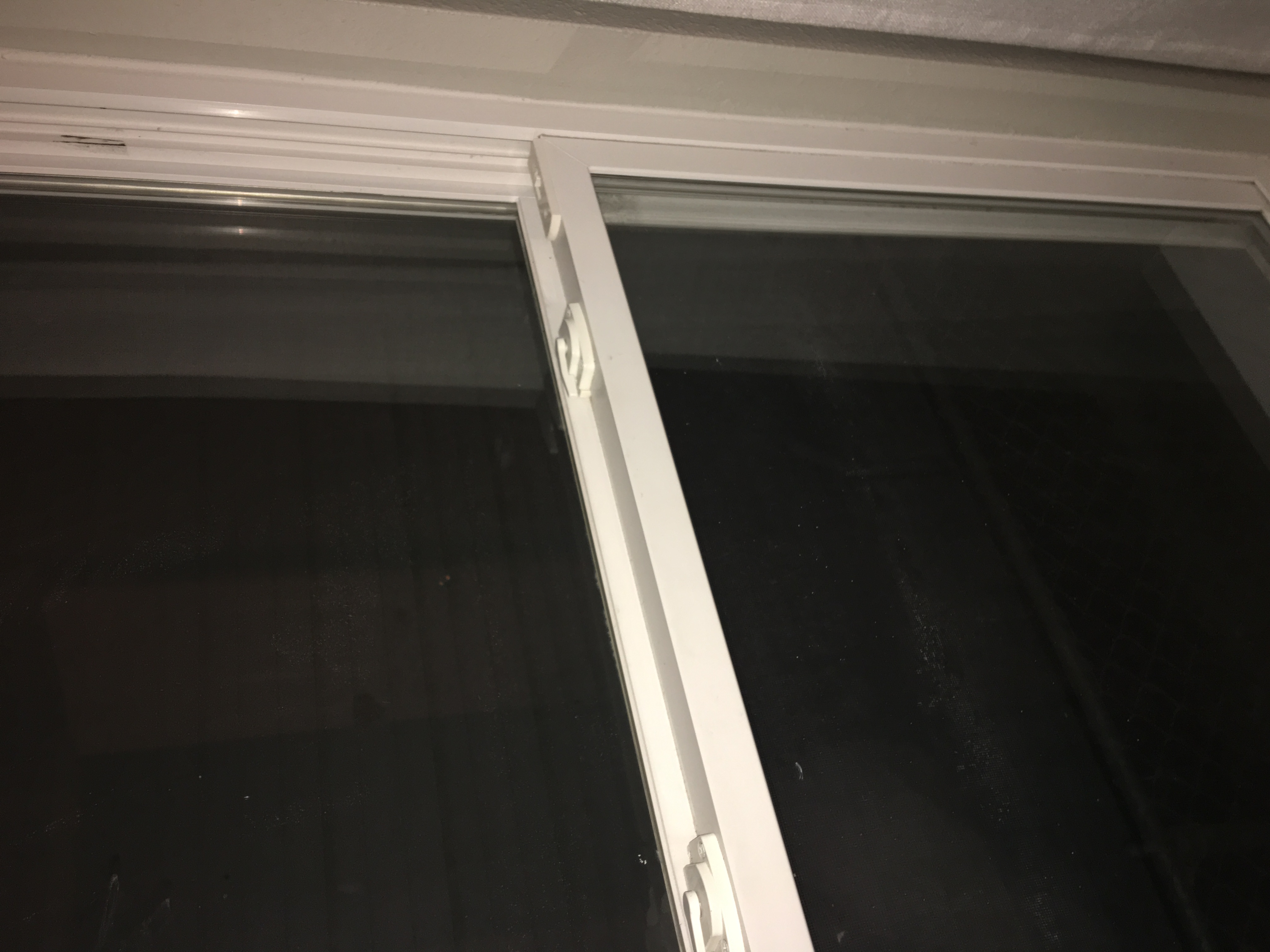For this essay I enclosed a photo of safety glazing on a bathroom shower door. All glass used in shower, steam rooms, sauna doors, and around hot tubs should be made of safety glazing. It is important for an inspector to be able to identify the safety glazing and the locations where it should be installed.
For this essay I chose to read the article titled Central Humidifiers. Controlling the relative humidity or amount of moisture in the air can be an essential part of indoor air quality. Moist air is less likely to carry air borne pathogens like the flu virus. Humidifying the air can also benefit your wooden floors and furniture, as well as musical instruments like a piano or guitar.
The attic access is located in the garage adjacent to the living room wall. The access panel is a piece of wooden paneling and not secured. The attic access hatch should be secured down and should be insulated to not allow conditioned air to escape out through the opening. Recommend replacing with a insulated door that can be latched close.
With loose blown in insulation make sure to look to see if the insulation isn’t blocking any ventilation, especially any soffit ventilation. I would like to see baffles in place to be certain everything is fully functioning as much as possible.
I read the article “Installing Attic Insulation”, the article gives a very brief explanation of installing batt and blow in loose insulation and how baffles are needed for proper ventilation. As inspectors it is a good idea to at least have an understanding of how components are installed within the home to further educated the clients when they have questions.
A big concern about moisture intrusion is the possibility of mold. Mold is a safety hazard to your health and you want to prevent it at all cost. So the best thing to do is seal any openings to your home.
The image that i took for my essay is of a kitchen sink faucet. The faucet operates and functions properly. The faucet also has no leaks or loose parts. The water pressure coming out of the faucet is at a normal pressure.
Check the attic
A few exples of what to check the attic for
- Baffles should be installed to prevent blocking the air flow through the attic vents, particularly at the eaves.
*The insulation should be blown all the way to the top plate of the exterior wall.
*Check underneath any pieces of plywood or platfoAdditionally:
*If mechanical equipment or storage areas are located in the attic, the flooring or platform decking should be elevated to allow the full height or thickness of the insulation to be installed.
*Ceck around ductwork, wires and plumbing. rms in the attic. Those areas need to be insulated.
*If mehanical equipment or storage areas are located in the attic, the flooring or platform decking should be elevated to allow the full height or thickness of the insulation to be installed.
*Check around ductwork, wires and plumbing.
Check the attic
A few exples of what to check the attic for
- Baffles should be installed to prevent blocking the air flow through the attic vents, particularly at the eaves.
*The insulation should be blown all the way to the top plate of the exterior wall.
*Check underneath any pieces of plywood or platfoAdditionally:
*If mechanical equipment or storage areas are located in the attic, the flooring or platform decking should be elevated to allow the full height or thickness of the insulation to be installed.
*Ceck around ductwork, wires and plumbing. rms in the attic. Those areas need to be insulated.
*If mehanical equipment or storage areas are located in the attic, the flooring or platform decking should be elevated to allow the full height or thickness of the insulation to be installed.
*Check around ductwork, wires and plumbing.
The chimney flashing was not sealed properly during roofing replacement. The roof sheathing (plywood) and drywall ceiling below revealed evidence of water damages from a slow leak which over time will cause damage to the dry wall and plywood roofing materials. The roofing and flashing needs repaired around the chimney to prevent further damages.
Chimney Inspections: Preventing Collapse
Many older homes in some regions have chimneys which may present a huge challenge. Due to home owner construction or age special attention should be given when any evidence of deterioration or settlement has occurred.
Many home inspectors are limited to visual examination of the exterior and limited interior areas. It is important to include pictures of the fire box, Hearth, dampers, and the exterior of every chimney in the inspection report. The inspector should detail concerns and refer further evaluation by a certified chimney and masonry contractor. In all cases it is recommended that all types of chimneys and flues be inspected and cleaned routinely by a professional chimney contractor.
The egress stairway to the attic is cracked at all three sections and is unsafe to use to access the attic for inspection. This needs to be repaired before I can complete the inspection. I recommend this be assessed by a licensed professional contractor for estimate to repair.
when checking pull down stairway for attic. make sure no structural member was cut for the install. insure proper fasteners used to install, insure proper amount of fasteners was used to install. if in a conditioned area of home check for an insulating seal/weather strip or insulation or both. loose mounting bolts and screws are common to find. some are cut too short, they should reach the floor. some are too long and cause stress at joints. if in garage a comprised fire barrier installed. cracked steps is a defect found in wooden stairs. be aware of sliding stairways and open slowly and cautiously by standing to the side.
This is a picture that shows water damage in the wall cavity. It appears to have spread throughout the wall a good distance. The main thing to do now is to remove the insulation and barriers from inside the wall and any wood that has decayed, and replace it immediately. It is also very imperative to find the leak and stop it from leaking.
Reading over the “Attached Garage Fire Containment” section, I learned a few things including why the garage is where a fire can easily be started. Considering the gas on the garage floor from the car, stored flammable liquids, pains and gas and installed heaters/boilers, can all be causes of a fire. In 2006 the IRC declared that there must be a door separating the garage from the indoor living space. This helps to slow the spread of the fire and allow occupants to escape.
Vapor diffusion is the movement of water vapor molecules through porous materials as a result of vapor pressure differences.
Water vapor is lighter than air and the water vapor molecule is smaller than airs other molecules. Therefore, water vapor can rise faster and squeeze through smaller microscopic spaces than air. When water vapor moves through a solid material, this is called vapor diffusion.
Its common for people to misdiagnose a vapor diffusion problem. They confuse it with a vapor barrier problem. Most mold is hidden inside building cavities, not exposed to air where moisture can move differently depending on the seasonal climate.
In cold climates, humidity in the home will find its way into wall cavities through unsealed openings, such as electrical outlets. As a result moisture builds inside the wall, where it can saturate exterior wall sheathing on the inside where mold can form contaminating the air. This water vapor can soak framing members and cause rot.
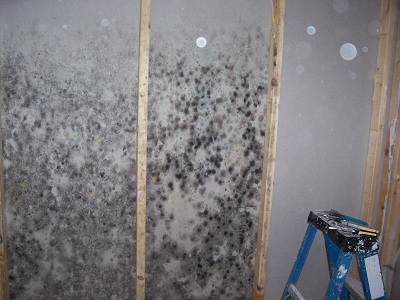
I believe as a licensed home inspector, I would direct my business towards performing Pre-List inspections for the seller. It makes good sense to me for the seller to know ahead of time what defects there may be lurking within the building envelope. From the sellers point of view, why not remove the negotiating variable of unknown defects from the discussion and retain the possibility of getting your full asking price. If this is the route my business goes, I will need a document such at the INTERnachi Pre-list Inspection Agreement to spell out what the inspection limitations and expectations are ahead of time with the client. It outlines fees, legal liability, exclusions and what is and isn’t expected in a normal visual inspection.
In this picture we can see a single hung window. The top sash is stationary while the bottom sash is able to move not only up and down but is also able to pivot inward in order to clean. The single hung window is a very common window in today’s construction.
The roof is leaking at the ridge vent in multiple areas throughout the attic space. The sheathing is stained, wet and appears to be leaking through where the nails penetrate the roof that hold the ridge vent down. There is also some staining to the sheathing around the chimney that appears to be from an old leak but showed slightly elevated moisture levels. Recommend further inspection and repair by a licensed roofer.
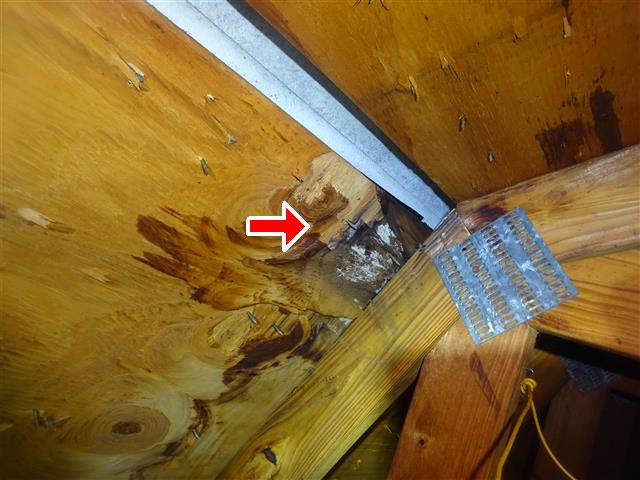
A home inspector is required to inspect the insulation in unfinished spaces, including a crawlspace. Crawlspaces can be designed and constructed as mini-basements, as part of the house, and within the conditioned space. When crawlspaces are included within the thermal enclosure, home inspectors should make sure they are insulated and air sealed on their perimeters and should have a continuous sealed ground cover.
